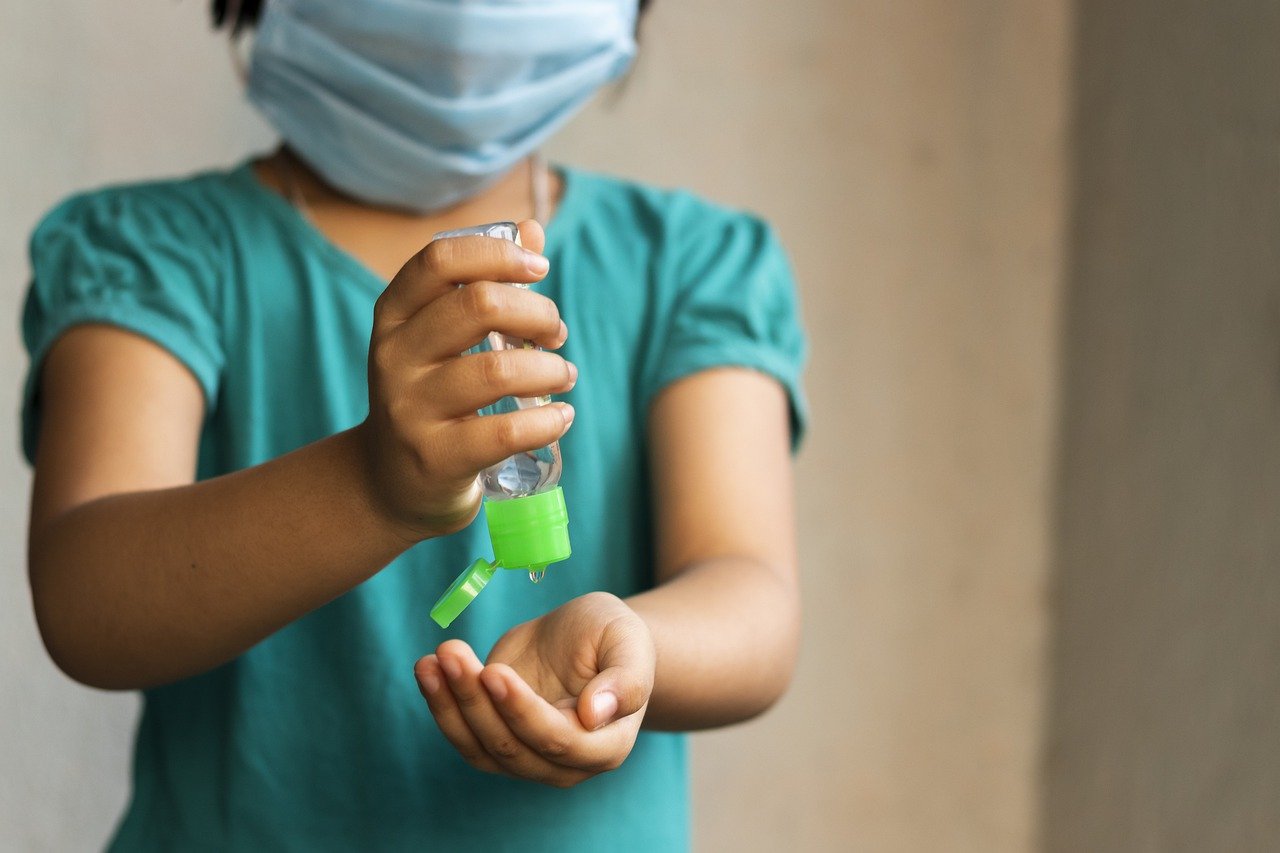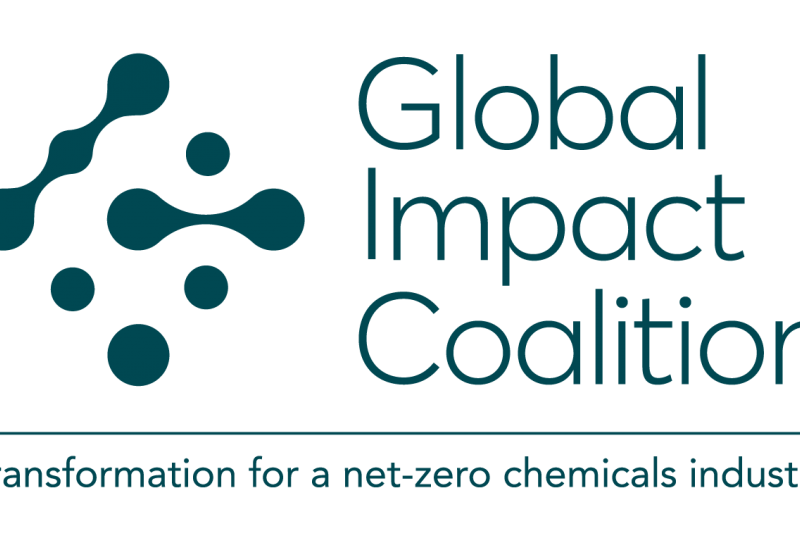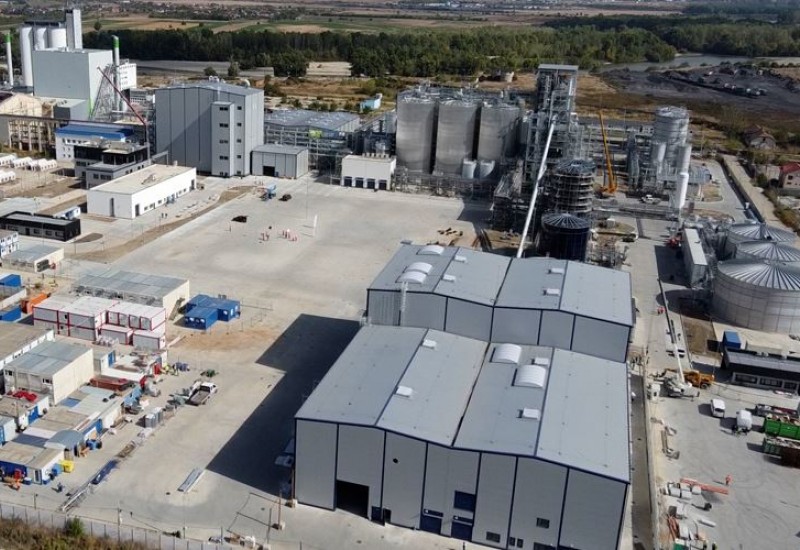Feature article - How to start making hand sanitiser formula
Dr Russel Walters, freelance scientist at Kolabtree, shares his expertise on how to start manufacturing a hand sanitiser quickly, easily and compliantly
In order for a virus to infect a human host, the host needs to be exposed to a sufficient viral load, typically hundreds, thousands or tens of thousands of viral particles. Hand sanitisers dramatically reduce the viral load on the skin and therefore can reduce infections or perhaps infection severity.
Sustained exposure is to an infected person is the commonest route of transmission. It is therefore important to sanitise the hands, because they are the primary contact with the outside world and can spread viral particles if they touch the eyes, mouth, food, etc.
Hand sanitisers have repeatedly been shown to slow the spread of viruses. They are regulated in most countries, but recently, due to Covid-19, manufacturing rules have been liberalised, including by the US FDA.
This opens a legal path for new manufacturers to expand into hand sanitiser supply and it also makes formulation straightforward. Unlike with skin lotions, the options are few and the constraints are clear.
Ingredients
In March, the FDA issued guidance for expanded production of hand sanitisers during the Covid-19 pandemic. The intention was to increase production by allowing more entities to manufacture them beyond previously licensed or registered drug manufacturers. However, the guidance is still very specific on the formulation of hand sanitisers. Two formulae have been allowed, based on either ethanol or isopropanol.
The World Health Organisation (WHO) has released an excellent step-by-step guide to the local production of hand sanitisers based on these same two formula options. The proportion of ingredients is also specified in volume %, but be aware of the difference between this and weight %. Different ingredients have different densities. While water has a density of 1g/cm3, for example, ethanol’s is 0.789g/cm3.
Both formulae contain 1.45% glycerin, and 0.125% hydrogen peroxide but ethanol makes up 80% of one formula, isopropanol 75% of the other. The remainder in both cases is sterile water. Note that most raw materials are not supplied as 100% pure, single ingredients; they often contain some water. Ethanol is typically sourced as 95%/5% ethanol/water, or 190 proof. You need to factor the raw material composition into your calculations.
Users tend to like fragrances in skin care products, but in hand sanitisers these ingredients are not needed and will increase the raw material prices of your product; plus, their base odour is minimal. Under the FDA guidance, fragrances and skin benefit ingredients are explicitly not allowed in Covid-19 sanitisers.
Hand sanitiser gels, like Purell, use polymers to increase their viscosity, which can add some significant complications in the manufacturing process. Thickening polymers are not part of the FDA formulae, but you may want to read more about the different polymeric options for thickening a water/alcohol solution — the two simple formulae will be water-thin and easily sprayable.
Further considerations
Boiling is the easiest and most likely source of sterile water — just be careful of heating and boiling water near the high proof, flammable alcohol. There are a few sources of ethanol, but it must be denatured to avoid consumption.
Mixing hand sanitiser is pretty straightforward, with one caveat: passivation. If you are using a glass or fibreglass vessel to mix your hand sanitiser, passivation is not a concern. However, if you are using a metal vessel, you will need to be aware that, in the presence of metal ions from the vessel, the hydrogen peroxide rapidly breaks down to water and oxygen.
Ensuring that the alcohol evaporation is limited between production and use is an important consideration. The packaging must seal sufficiently. Manual pumps are explicitly allowed in the FDA guidance.
Ethanol is a natural product. There are natural antimicrobials but efficacy data on them is limited and, more importantly, hand sanitisers are a regulated product. In order to label and market a product as a hand sanitiser, the FDA guidelines must be met.
Hand sanitisers are probably better for the skin barrier than repeated washing with soap. Cleansing with soap often removes skin components and can disrupt the natural structure of the skin, whereas the alcohol in hand sanitisers rapidly evaporates and has little impact on the skin barrier. The core of your formula should therefore not cause any skin problems — fragrance is often the source of skin irritation, especially allergenic response.
Many problems are solved if you are following the FDA guidance on hand sanitisers and there is no need to test the bug-killing efficacy of your formula. Hand sanitisers with the formulae outlined above are well proven to effectively kill bugs and be safe for the user. You will simply need to check that after production, the alcohol level — ethanol or isopropyl alcohol — is checked by physical chemistry means, such as an alcoholmeter or a hydrometer.
Contact:
Jonathan Hedger
Kolabtree
+44 7956 259559
www.kolabtree.com















